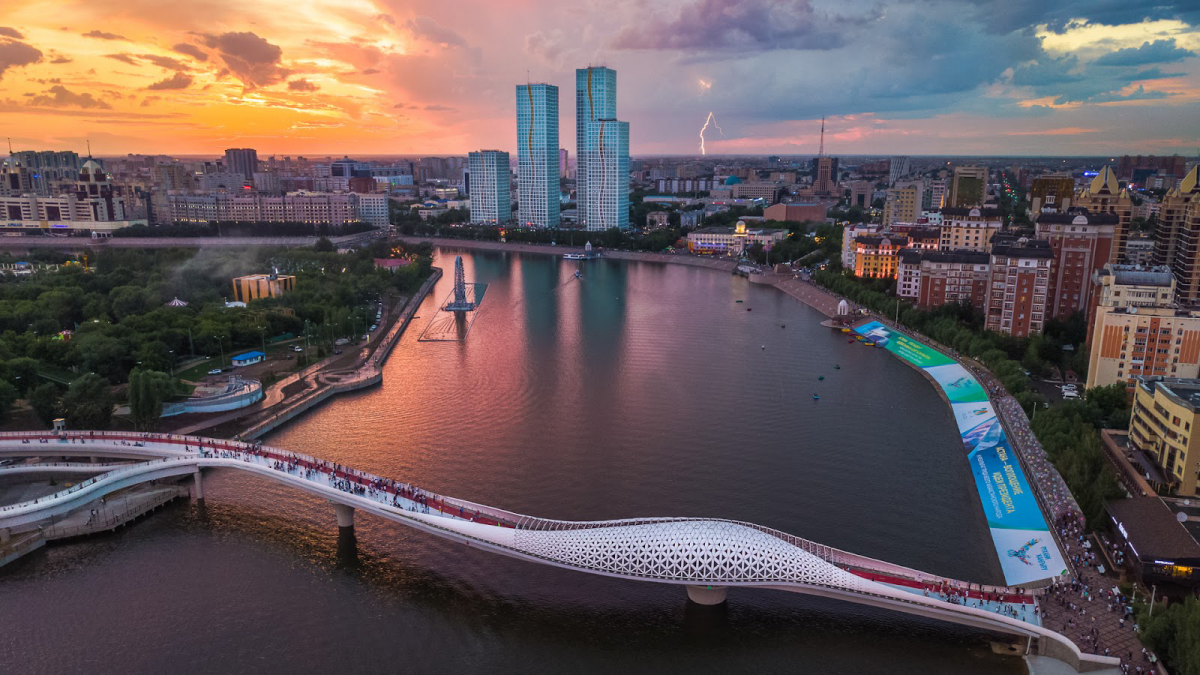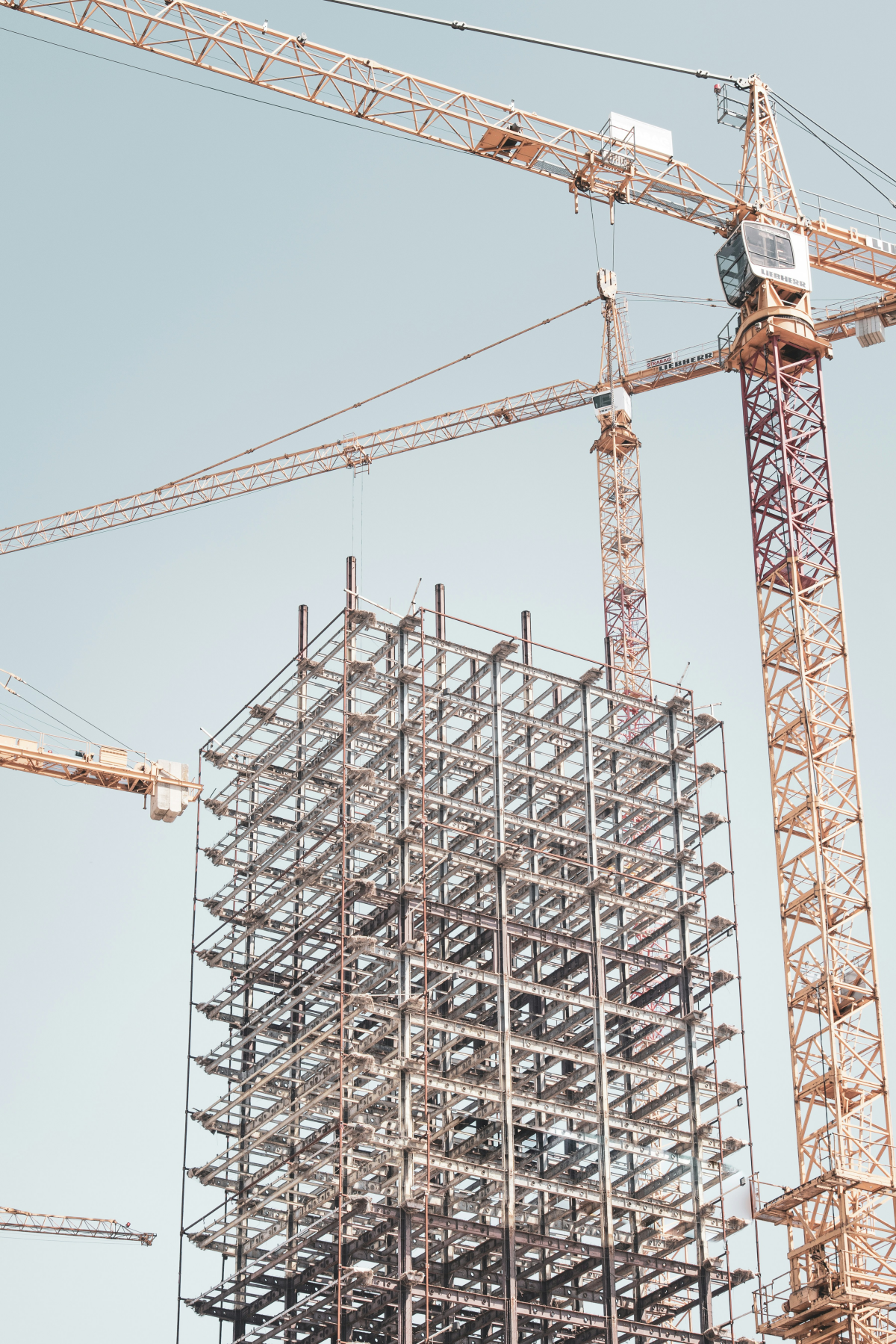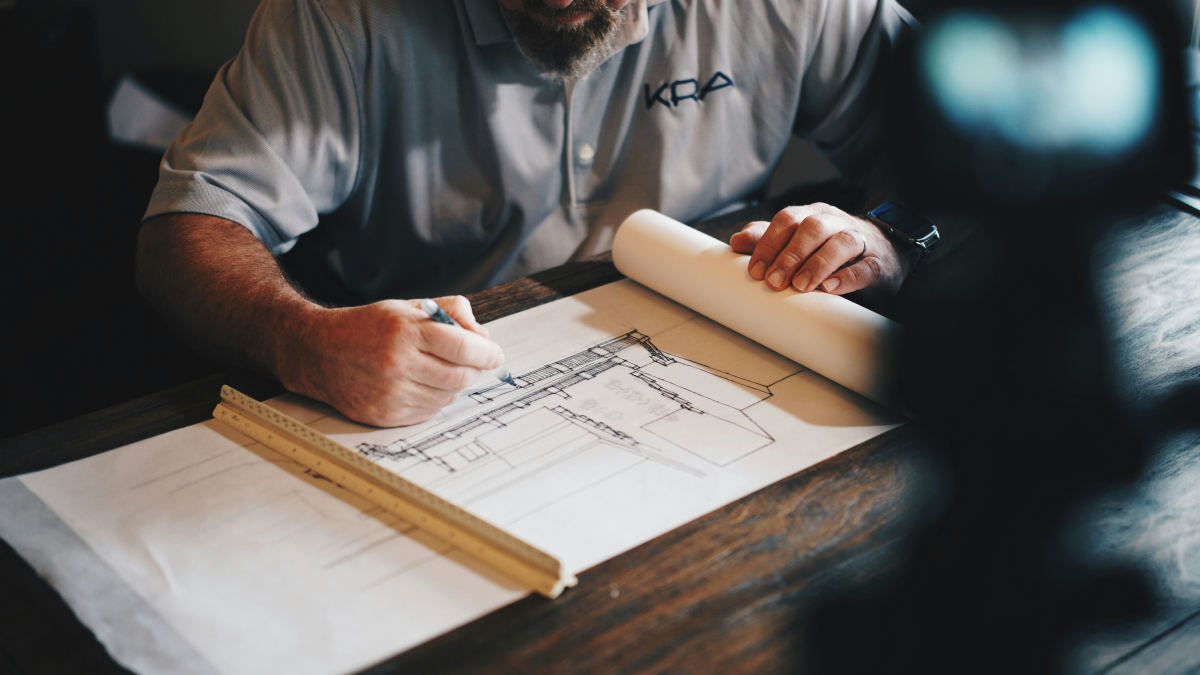Forget the Blueprint: The Real Work of a Modern Developer
I’ve spent most of my life in construction and development, and I’ve seen enough trends to make your head spin. For a long time, the job was pretty straightforward: buy the land, throw up a building, sell the units, and walk away. The entire focus was on the physical structure. But honestly, that way of thinking is ancient history. The industry has changed, and for the better.
In this article
We’ve learned that building four walls and a roof is just the opening act. The real work—the meaningful work—is creating a place where people can actually build their lives. That means you have to stop thinking about a single building and start looking at the entire neighborhood as an ecosystem.
This isn’t just some feel-good philosophy; it’s a practical, dollars-and-cents reality. A home’s value isn’t just its square footage or the fancy countertops you installed. Its true value is tied directly to the neighborhood. Is there a good school down the street? Can kids walk to a park without you worrying? How long does it take to grab a gallon of milk? These are the questions that separate a simple property from a real home.

Why Integrated Development is a Game-Changer
Before you even think about breaking ground, you have to get this one thing right. In so many growing cities, you see residential construction explode while public infrastructure crawls along at a snail’s pace. You get these massive, shiny new neighborhoods with no schools, clinics, or decent roads in sight. It creates a huge service gap that leaves residents frustrated and puts a massive strain on public resources.
The solution? Developers have to step up and take a more active role. We can’t just build and then wait for the government to play catch-up. By planning for these social needs from day one, we create communities that are more stable, more desirable, and ultimately, far more valuable. This is what we call integrated development. It means the master plan for a residential area also includes schools, parks, shops, and maybe even a small clinic.

Is it more complex? Absolutely. Does it require more upfront capital? You bet. Taking on a school or park might add 15-20% to the initial capital outlay. But the long-term returns are undeniable. From my experience, units in these integrated communities sell up to 30% faster, and we’ve seen final property values land about 25% higher than comparable projects that are just… well, just a bunch of houses.
It forces you to think like a city planner. You’re studying population density, family demographics, and traffic flows. You have to ask: if 5,000 families move in here, where will their kids go to school? Where will they shop? Answering these questions at the blueprint stage is the difference between building a housing project and building a thriving neighborhood.
Building More Than Walls: Social Infrastructure in Action
Talk is cheap, I know. Putting this into practice is the real test. One of the biggest needs we consistently saw was a lack of modern schools. So, we made it a core part of our business model.

This meant we had to get creative with contracts. We started using models like Public-Private Partnerships (PPPs) and something called EPC-F contracts. That sounds super technical, but it’s actually pretty simple. EPC-F stands for Engineering, Procurement, Construction, and Financing. In plain English, it means we tell our partner or client, “We’ll design it, source the materials, build it, AND help you secure the financing to pay for it all.” It’s a one-stop-shop approach that gets critical infrastructure built in a fraction of the time.
On one project in a major regional hub, we committed to building two large schools with space for a combined 8,000 students. The timeline was wild: just 13 months. To pull it off, our project managers had to run multiple construction phases at once. We’re talking foundations being poured on one side of the site while steel frames were going up on the other. It was an exercise in intense daily coordination.

We’ve even invested our own capital to get it done. In the capital city, we built an international-style school that offers a globally recognized curriculum. Heads up! Meeting those standards isn’t just about hiring the right teachers; it dictates the very design of the building. You need flexible classrooms, dedicated collaborative spaces, and advanced labs—a level of detail that goes way beyond your standard construction job.
The Digital Tools That Hold It All Together
Not too long ago, construction management was all about paper blueprints, endless phone calls, and muddy clipboards. Today, technology is the central nervous system of our entire operation. We invested heavily in building our own digital tools because, frankly, the off-the-shelf software couldn’t handle the complexity of managing a construction site and an entire community at the same time.
I get it, not everyone has a massive in-house IT department. No problem. To get started, you can get 80% of the way there with existing software. Check out tools like Buildertrend for project management or Yardi for property management. They’re fantastic for streamlining operations without needing a team of coders.

For our residents, we have an app that’s like a remote control for their home and community. They can pay service fees, check security cameras, or book a party room. If a pipe leaks, they just snap a photo, log a request in the app, and our service team is automatically notified. They can track the request from “received” to “technician assigned” to “complete.” That kind of transparency builds an incredible amount of trust.
Behind the scenes, our internal systems are even more robust. Let’s say a site manager needs a tower crane. They don’t just make a call. They submit a request in our system, specifying the lift capacity—say, 20 tons—and the dates. The system scans our company-wide inventory, finds an available crane, and schedules it along with a certified operator. This avoids conflicts and minimizes downtime for everything from heavy machinery to specialized personnel. The data we get back is gold for spotting bottlenecks and making us more efficient over time.

It’s All About the People
Of course, all the tech and concrete in the world is useless without skilled, motivated people. One of the biggest challenges in a growing company is finding and keeping great talent. We figured out early on that we couldn’t just hire our way to success; we had to build our talent from within.
We have an unspoken rule here: to get promoted, you must first train your replacement. It’s a core part of our culture. A manager spends up to a year mentoring their successor, ensuring a seamless transition and creating a clear career path for everyone. It forces leaders to be great teachers.
We also invest heavily in formal training. Sending our teams to learn from the masters of lean manufacturing in Japan has been priceless. One of the biggest takeaways was the ‘5S’ principle (Sort, Set in order, Shine, Standardize, Sustain). On our sites now, we have designated, labeled spots for every single tool. Sounds tiny, right? But it can save a crew more than 30 minutes a day that was previously wasted just looking for stuff. That adds up.

Beyond the Handover: A Lifelong Relationship
The old development model ended the moment a customer got their keys. For us, that’s when the real relationship begins. We made a strategic choice to stay involved for the entire life of the building—we’re talking 60 years or more.
That simple decision changes everything. When you know you’ll be on the hook for maintenance for decades, you build differently. You choose more durable materials. You think about long-term operating costs, not just the upfront price tag. It forces an owner’s mindset.
But a long-term relationship also means you have to listen. And sometimes, the feedback is tough. We learned this the hard way. A common pitfall for developers is designing amenities based on what they think is cool. In one of our early projects, we built this beautiful, serene park with a fancy fountain as the centerpiece. It looked great in the brochure. The problem? Almost nobody used it. After hosting open forums with residents, we got the unvarnished truth: what they really wanted was a fenced-in dog run and a simple basketball court. It was a humbling lesson. Now, we survey potential residents before we finalize amenity plans.

Final Thoughts: A Call to Action
This journey has taken us from building homes to tackling massive industrial projects—things like highly complex energy plants and large-scale infrastructure. Working on those high-stakes sites, where safety is a matter of life and death, has instilled a level of discipline that benefits every single project we touch.
The work of a modern developer is more challenging than ever, but it’s also infinitely more rewarding. We have the chance to create places that will shape lives for generations to come. It’s a massive responsibility.
By the way, here’s a little challenge for you: next time you’re on a job site, find five random workers and ask them, “What is the single biggest time-waster in your day?” I promise you’ll get a masterclass in operational efficiency right there on the spot. Because at the end of the day, building better communities starts with listening—to our residents, to our partners, and to the very people laying the bricks.
Inspirational Gallery
When planning community green spaces, developers face a key choice:
Privately Owned Public Space (POPS): Maintained by the developer, ensuring high standards of upkeep and security. However, this can sometimes lead to restrictive rules that limit true public use.
Dedicated Public Park: Ceded to the municipality, this reduces long-term maintenance liability for the developer. The risk? Potential for inconsistent upkeep if municipal budgets are strained.
A hybrid approach, with a developer-funded trust for a public park, often provides the best balance of quality and accessibility.
- Reduced stormwater runoff, lowering infrastructure costs.
- Improved air quality and a measurable reduction in the urban heat island effect.
- A 5-15% increase in property values for homes facing the green spaces.
The secret? A well-executed network of bioswales and green roofs. These aren’t just aesthetic choices; they are functional, sustainable assets that deliver tangible returns by integrating nature directly into the development’s infrastructure.
The Tech Layer: Beyond Smart Homes
Integrated communities thrive on seamless connectivity. This goes beyond in-unit Wi-Fi. Think about a unified neighborhood app where residents can book shared amenities, report maintenance issues, access local transit schedules, and see deals from on-site retailers. Platforms like those developed by VTS or AppFolio are being adapted for this purpose, creating a digital layer that enhances convenience and builds a stronger sense of a managed, responsive community.
What is a ’15-Minute City,’ really?
It’s a residential concept where most daily necessities—groceries, a doctor’s office, a primary school, a park, and public transit—can be reached within a 15-minute walk or bike ride. The goal isn’t to restrict movement but to provide freedom from car dependency for everyday life. For a developer, this means a strategic mix of residential, small-scale commercial, and civic spaces, a model championed by projects like Culdesac in Tempe, Arizona, the first car-free neighborhood built from scratch in the U.S.
A study by the Urban Land Institute found that well-designed, mixed-use developments with high walkability command rent premiums of up to 75% over conventional, car-dependent suburban properties.
The long-term value of a development is increasingly tied to its environmental credentials. Beyond basic energy efficiency, leading projects are pursuing neighborhood-scale certifications.
- LEED for Neighborhood Development (LEED-ND): This U.S. Green Building Council standard looks beyond individual buildings to assess a project’s location, design, and connection to the wider community.
- BREEAM Communities: A European equivalent that provides a framework for assessing the sustainability of masterplans, from social and economic impacts to transport and ecology.
Achieving these certifications isn’t just a marketing win; it’s a third-party validation of a project’s quality and long-term vision, often unlocking preferential financing and attracting anchor commercial tenants.
The Achilles’ Heel of New Communities: A lack of authentic social connection. You can build beautiful parks and squares, but they remain empty without ‘placemaking’—the active process of programming spaces to foster community. This means budgeting for a community manager who organizes farmers’ markets, outdoor movie nights, resident meetups, and seasonal events. This investment in social infrastructure is what transforms a sterile new-build into a vibrant, lived-in neighborhood.
Look to the Vauban district in Freiburg, Germany, for a masterclass in integrated, sustainable design. Initially planned as a










